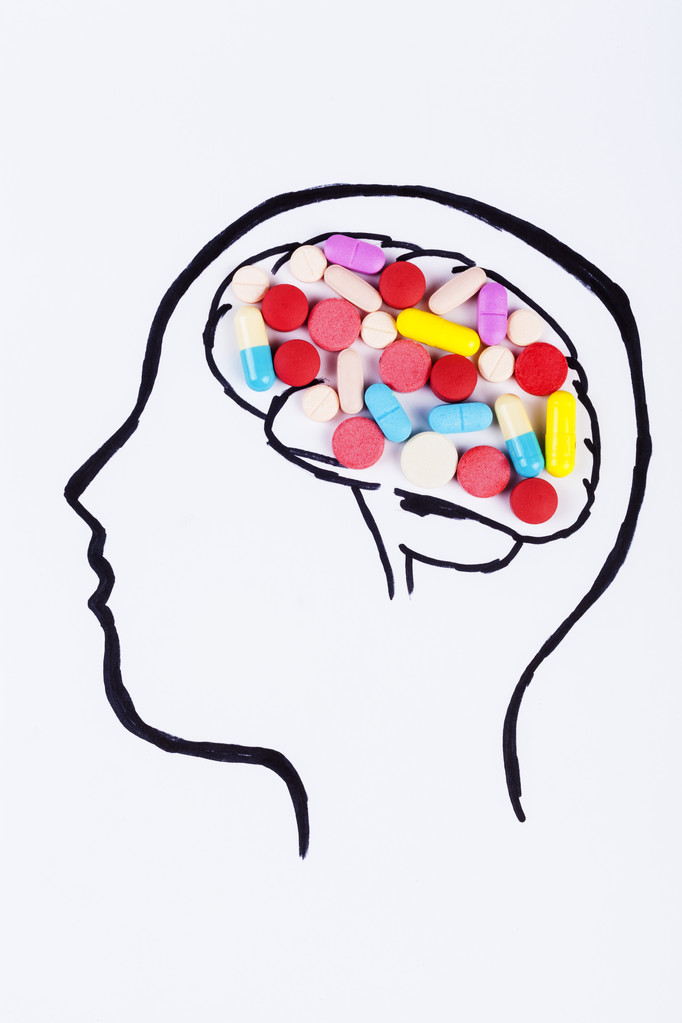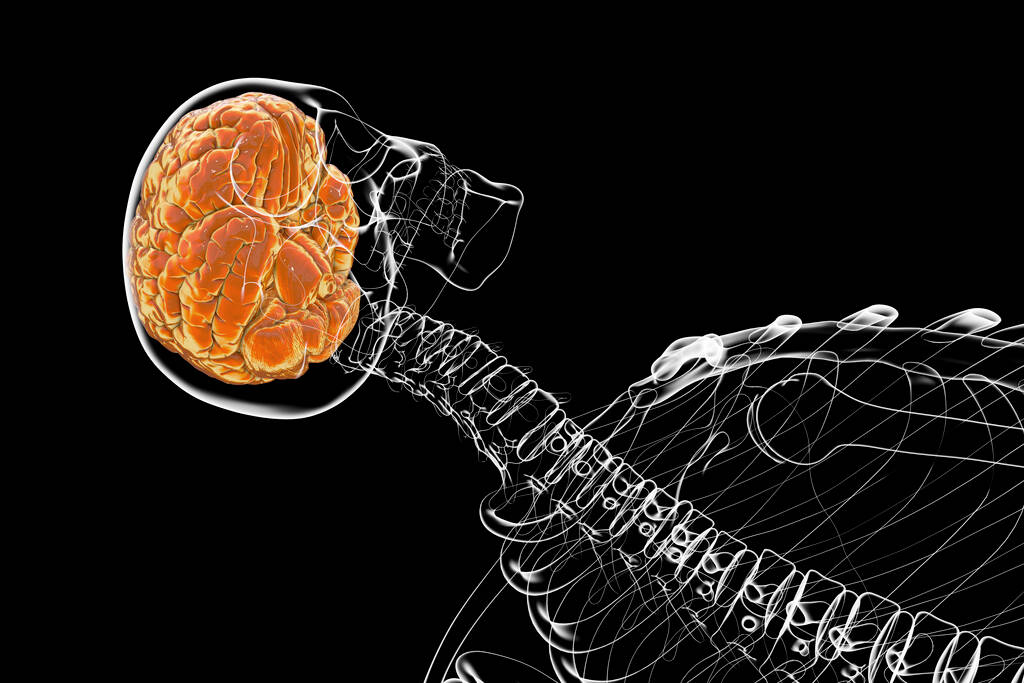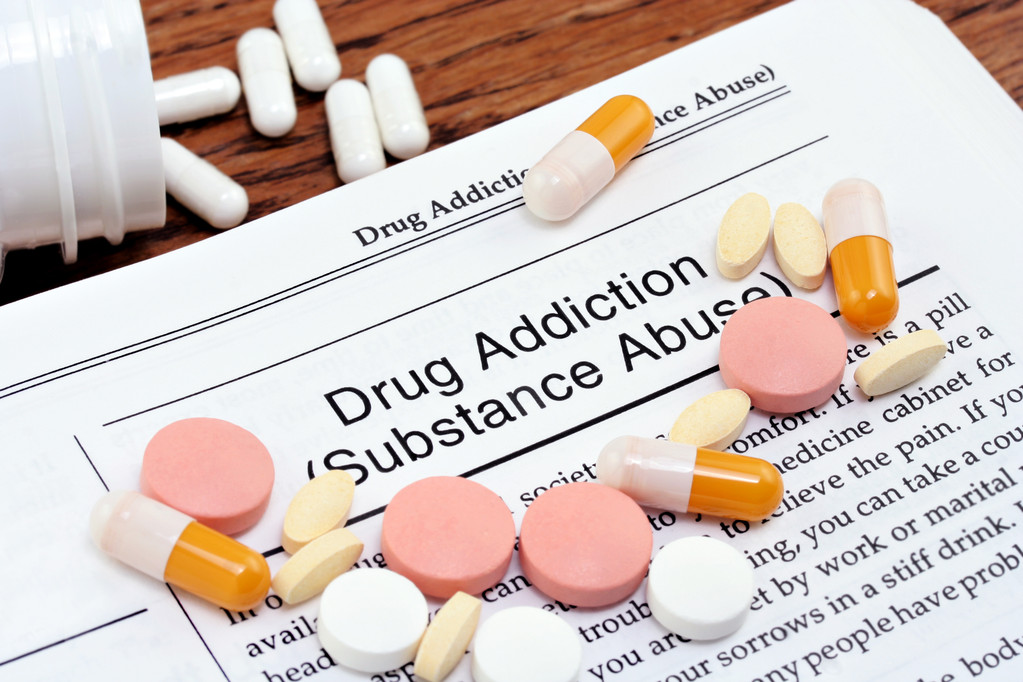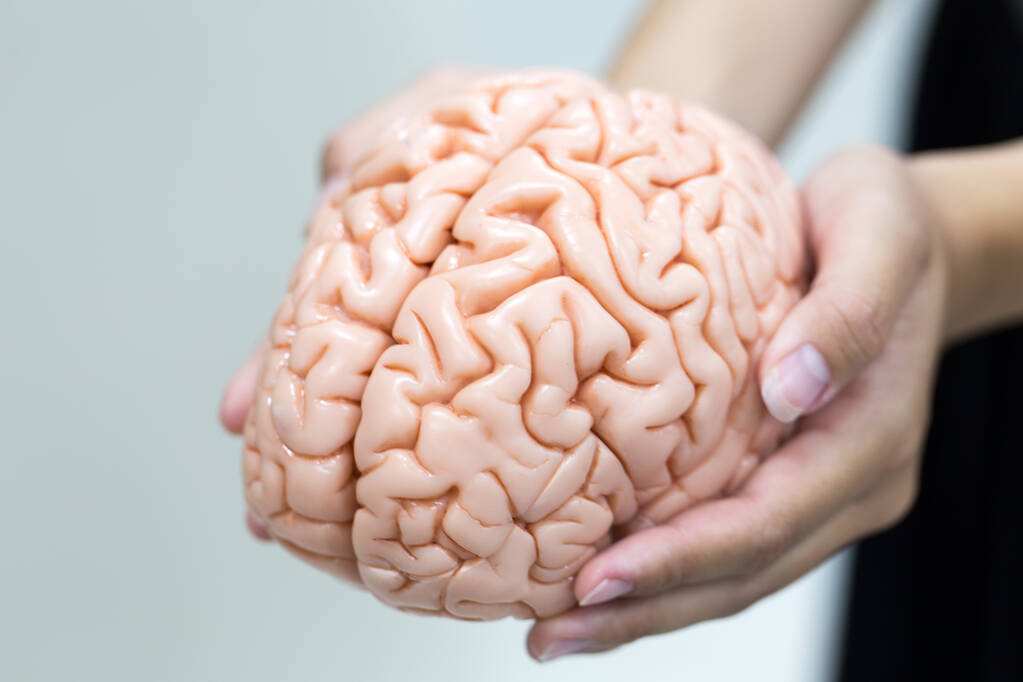When a bad habit gets out of control, your brain becomes used to the process. This is how addiction becomes a central part of your daily life. Neuroplasticity explains the cause and effect so that you can better defend your mind against these weak points.
Recognizing the Problem

Individuals often head into residential treatment for addiction with a negative mindset. They feel defeated, even though their decision to admit the problem is a huge victory. When you decide to seek professional help, it is a sign of strength. Never ignore this decision, as it will mark the most current positive life change in memory. Some addicts never reach that realization and miss out on the opportunity to make a change. Whether you make the decision on your own or with help, recognizing addiction is a big step in the right direction.
Neuroplasticity

Neuroplasticity is how the brain reacts to your decisions in life. Both the small and big decisions add up to create habits, preferences and a way of thinking that decides when your dopamine levels spike. If you spend your life doing healthy things, these healthy habits will always feel right when you need to make a healthy decision. The reverse is also true, so an unhealthy life will make a bad decision feel more satisfying. Your brain is capable of changing as needed, so the major mental block to beating addiction starts with your willingness to make healthier decisions. This plasticity means everyone is capable of re-wiring their brains to combat negative mental evolution.
Addiction

Addicts can find some of their answers with neuroplasticity. When you are addicted to something, there is a comfort to returning to the substance. Without that substance, you feel like something is missing from your life. This hold is the foundation that makes up addiction, and a huge part of it is mental. That doesn’t dismiss the role of the addictive qualities in drugs! Instead, neuroplasticity is a combination of the decisions that you made that led up to a full addiction.
When you tried drugs for the first time, it was something new. The brain created a new neural pathway that saved the information from that event. If you didn’t like the drug, the pathway ended as a memory. But if you were curious or liked the substance, new neural pathways were created. Sometimes that pathway was about familiarity or getting a rush. But as you continue to revisit that event over and over again, it becomes mental repetition. This route is now a habit, lifestyle and sometimes the only way to feed your craving.
Brain Flexibility
You were clean before becoming an addict. That means the original mental path is still open, but has been unused for some time. When you don’t ride a bike for multiple years, it’s common to stumble the first few times while riding. Once you’re comfortable, it is like you never stopped riding a bike in the first place. This is the goal to beating addiction, and an important part of why it is vital to understand neuroplasticity.
Take Full Control
The mind is a beautiful thing for those that are using its full potential. Don’t ignore your personal strength, and don’t doubt what’s possible. When you put your mind to it, the sky is always the limit.
